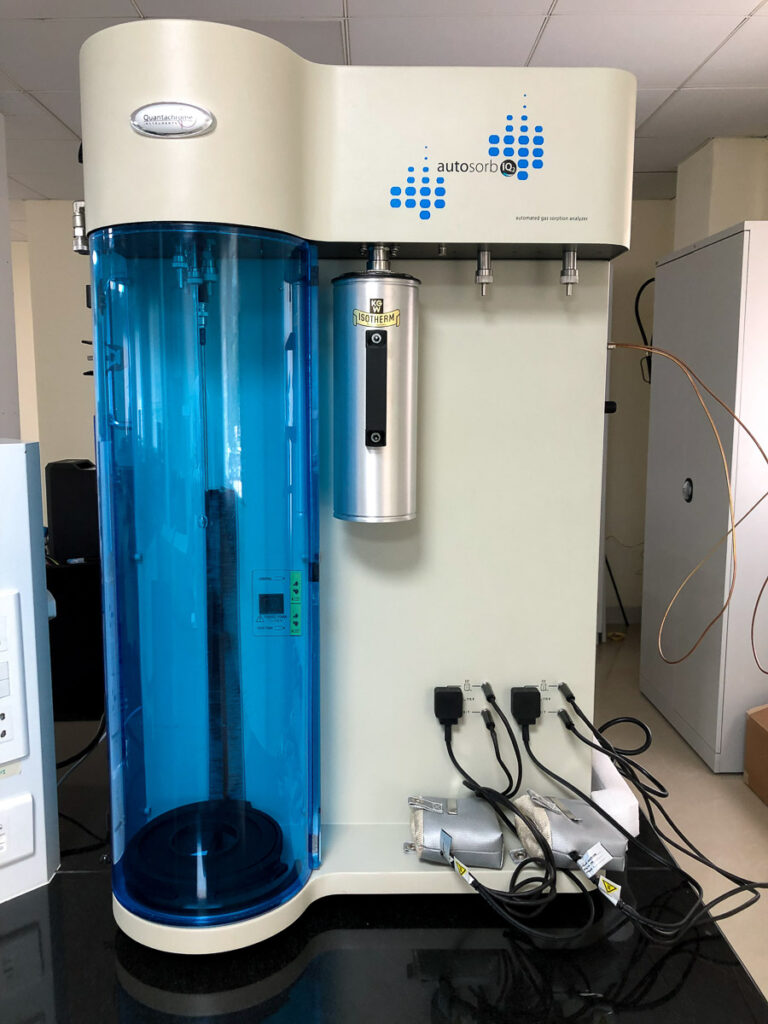Thermogravimetric Analyzer
(TGA/DSC-1, Mettler Toledo)
(TGA/DSC-1, Mettler Toledo)
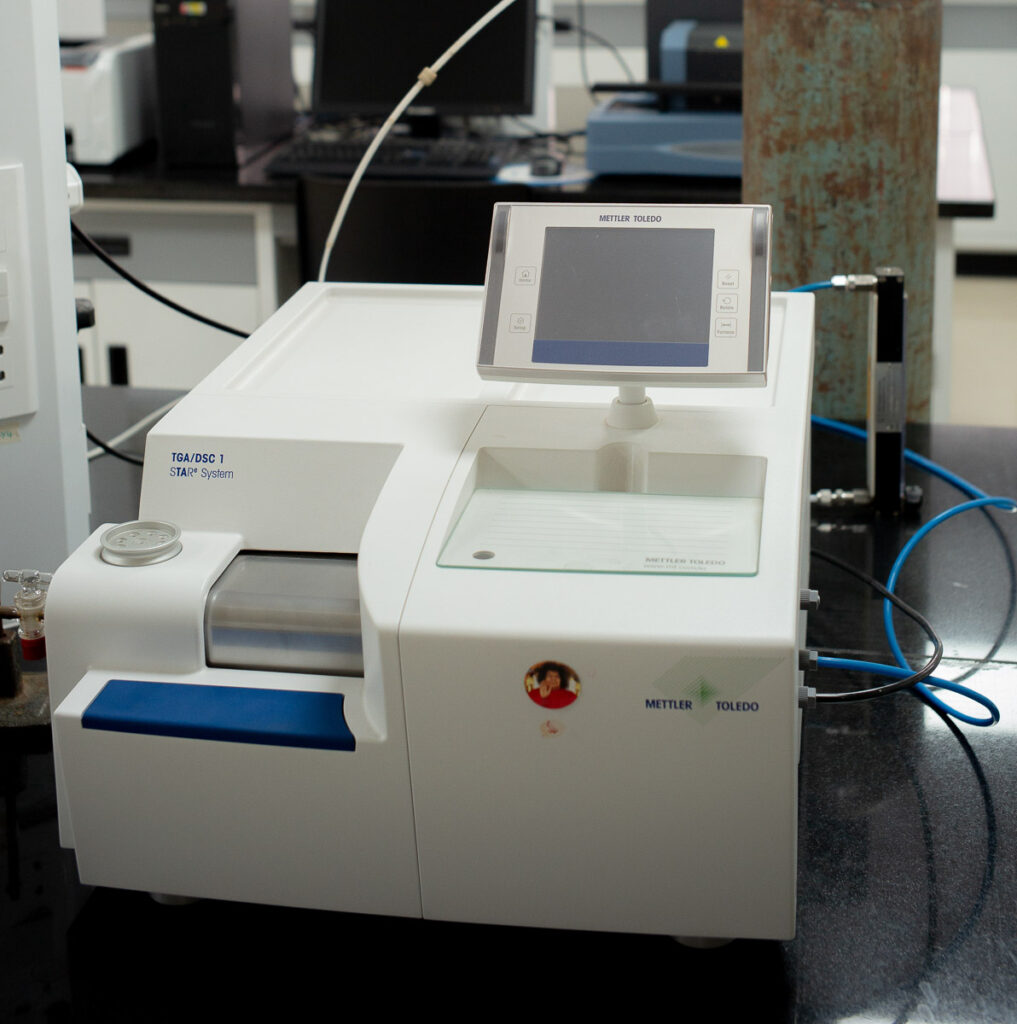
Validate thermal stability and the related thermal characteristics of the materials.
DSC 200 F3 Maia Thermal Analyzer (Netzsch)
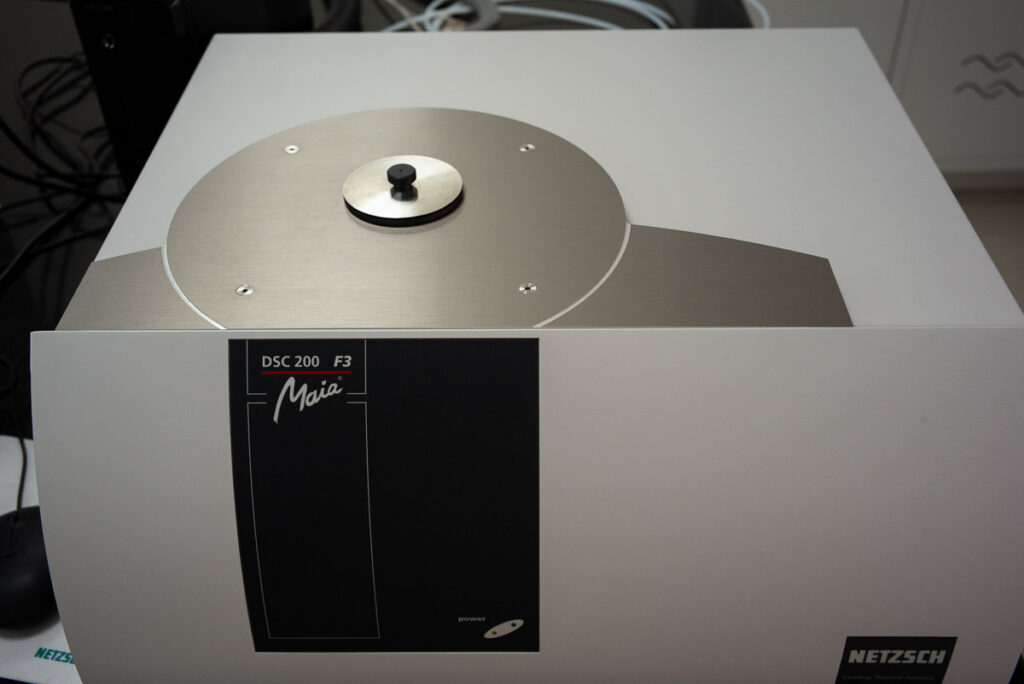
Thermodynamic parameters associated with a variety of materials such as specific heat, entropy and enthalpy change can be assessed. This helps in distinguishing crystalline and non-crystalline materials. The phase transitions associated with plethora of materials can be ascertained.
Anton Paar – Litesizer™ 500
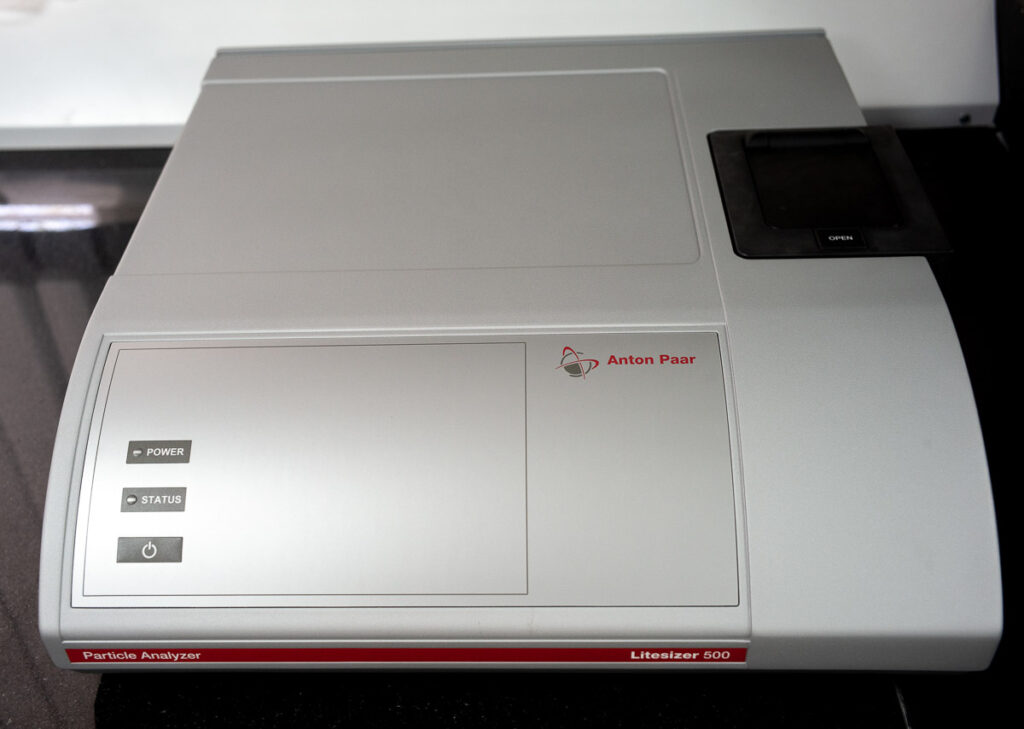
The Litesizer™ 500 is an instrument for characterizing nano- and microparticles in dispersions and solutions. It determines particle size, zeta potential, and molecular mass by measuring dynamic light scattering (DLS), electrophoretic light scattering (ELS), and static light scattering (SLS).
Interestingly, the Litesizer™ 500 is the only DLS-based particle analyzer that is able to perform a straightforward measurement of the sample’s refractive index.
(TA instruments)
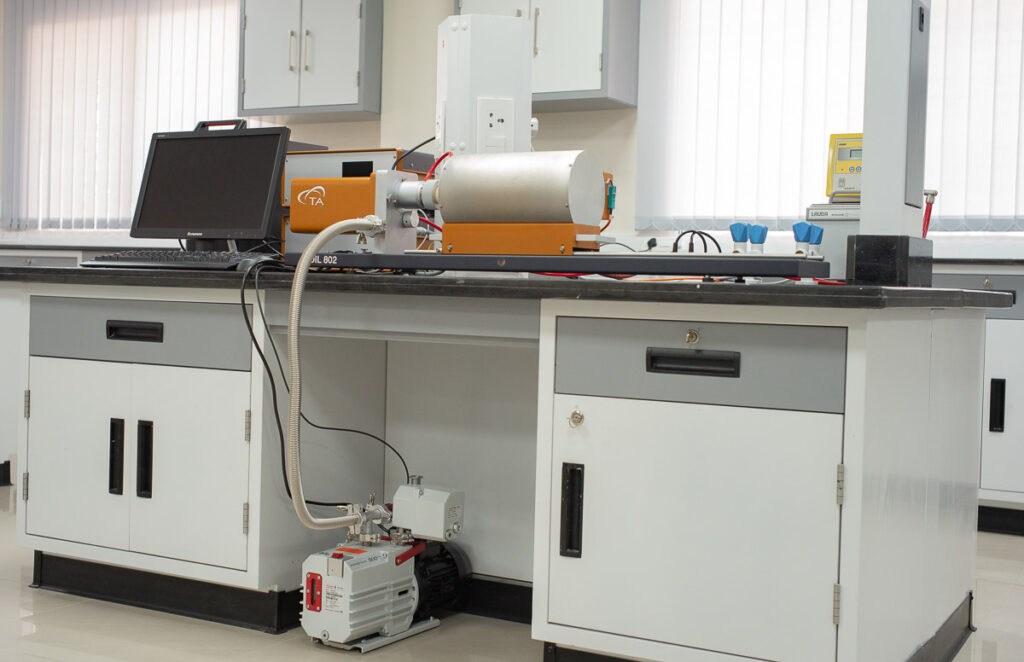
To employ materials in a wide range of temperatures, one needs to have a prior knowledge about the thermal characteristics of materials, specifically its expansion.
This instrument is aptly designed to monitor the expansion of materials on heating, even at elevated temperatures.
(TA instruments)
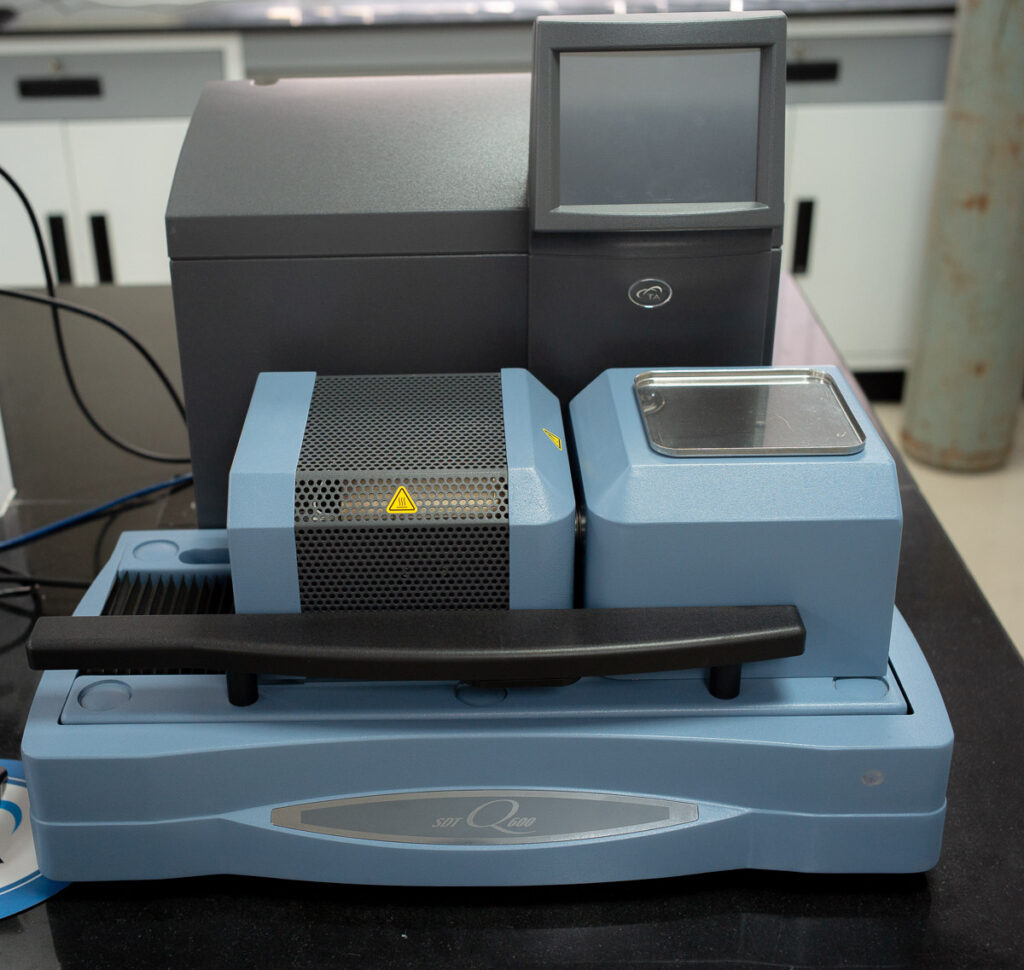
The chemical reaction kinetics associated with certain thermodynamic parameters can be studied. This will also help in distinguishing crystalline materials from that of glasses and polymers.
(Agilent)
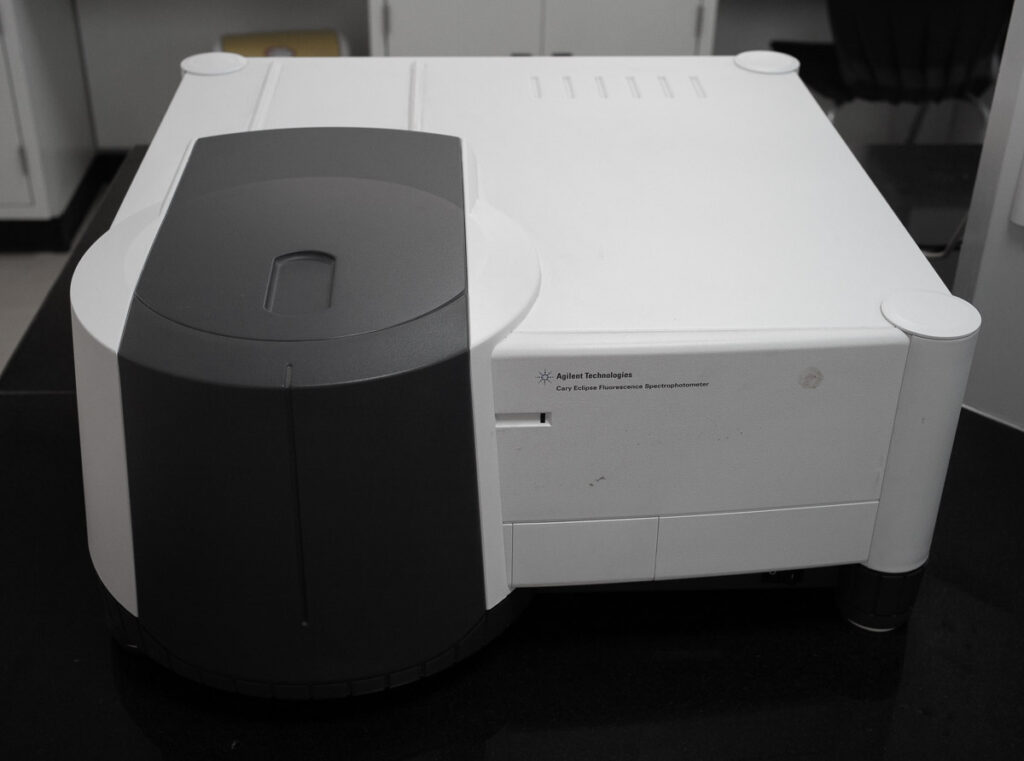
This facility is used for both qualitative and quantitative analyses. More specific and sensitive technique than UV-Vis. Fluorescent compounds can be analyzed and estimated at nano molar level.
(Agilent)
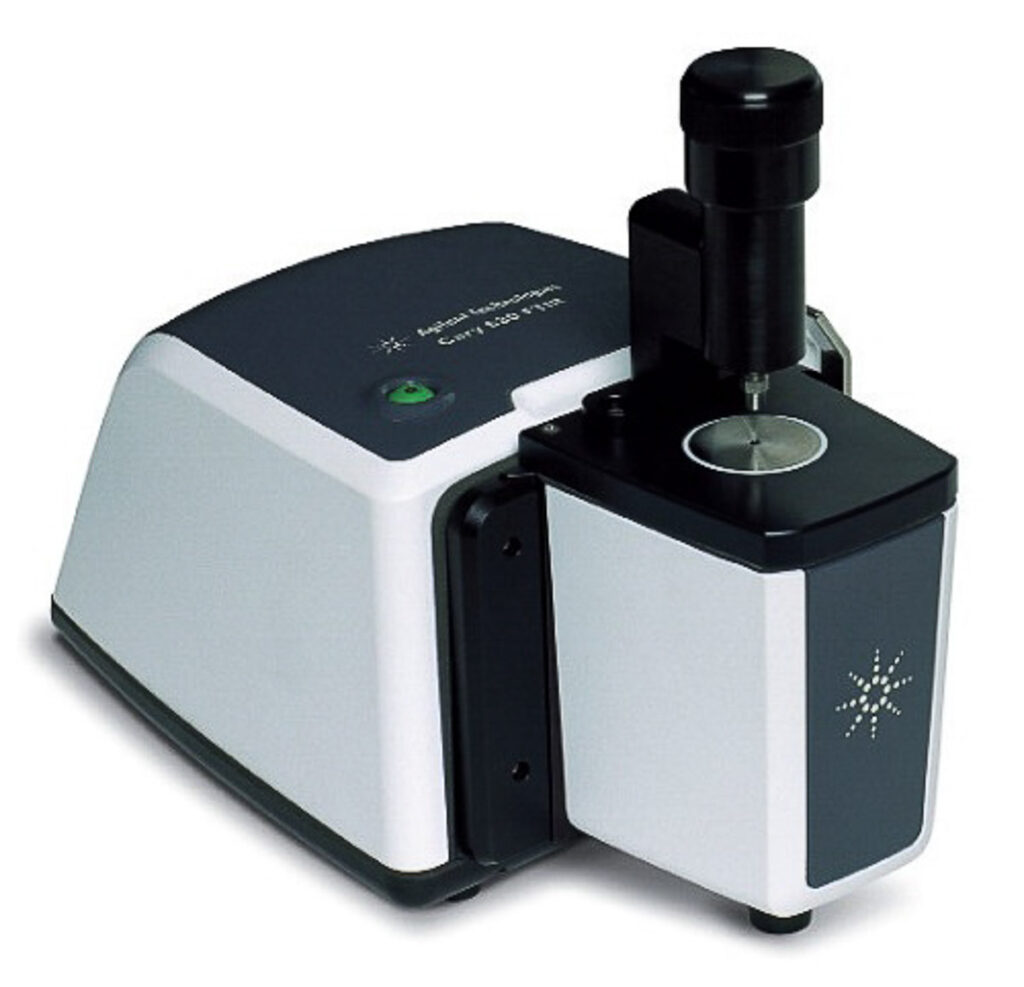
Qualitative analysis can be done with this instrument. It gives information about the presence of functional groups in compounds. Hence, it is of use in structure elucidation. ATR facility helps to analyse samples in solution state as well.
(Agilent)
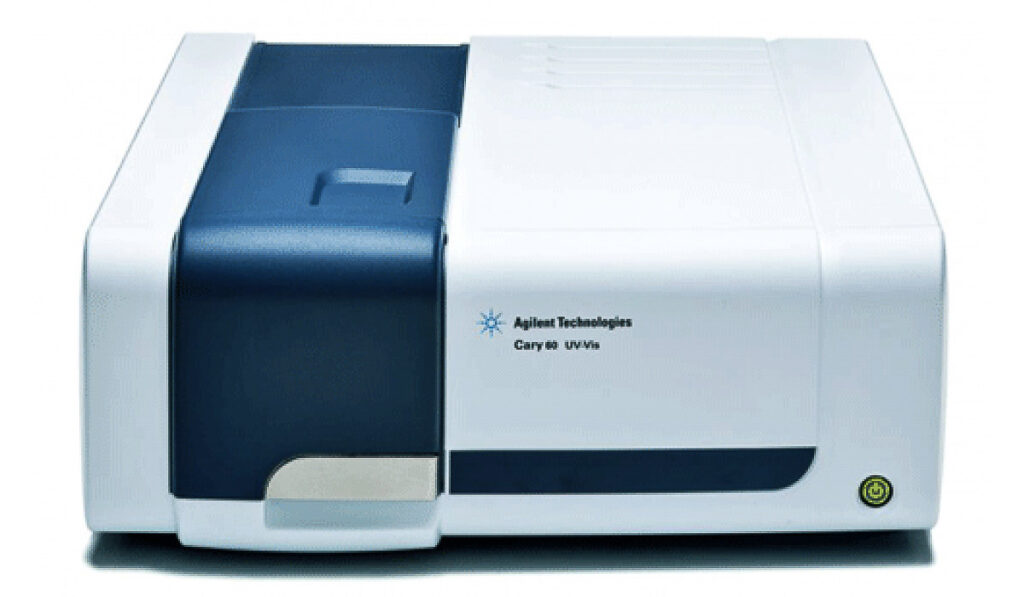
UV/Vis spectroscopy is routinely used in analytical chemistry for the quantitative determination of different analytes, such as transition metal ions, highly conjugated organic compounds, and biological macromolecules. Spectroscopic analysis is commonly carried out in solutions but solids and gases may also be studied.
(Agilent) 4200 MP-AES
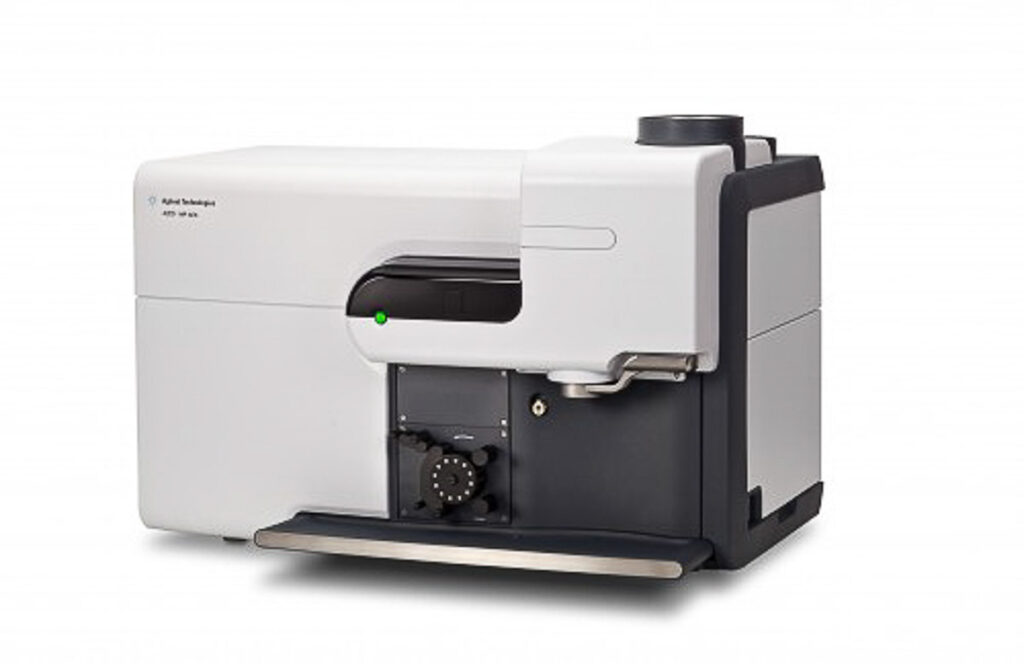
MP-AES consists of a microwave induced plasma interfaced to an atomic emission spectrophotometer (AES). It is used for simultaneous multi-analyte determination of major and minor elements. MP-AES employs microwave energy to produce a plasma discharge using nitrogen supplied from external sources or extracted from ambient air, which eliminates the need for sourcing gases in remote locations. Samples are typically nebulized prior to interaction with the plasma in MP-AES spectroscopy.
(LAMBDA 1050 – Perkin Elmer)
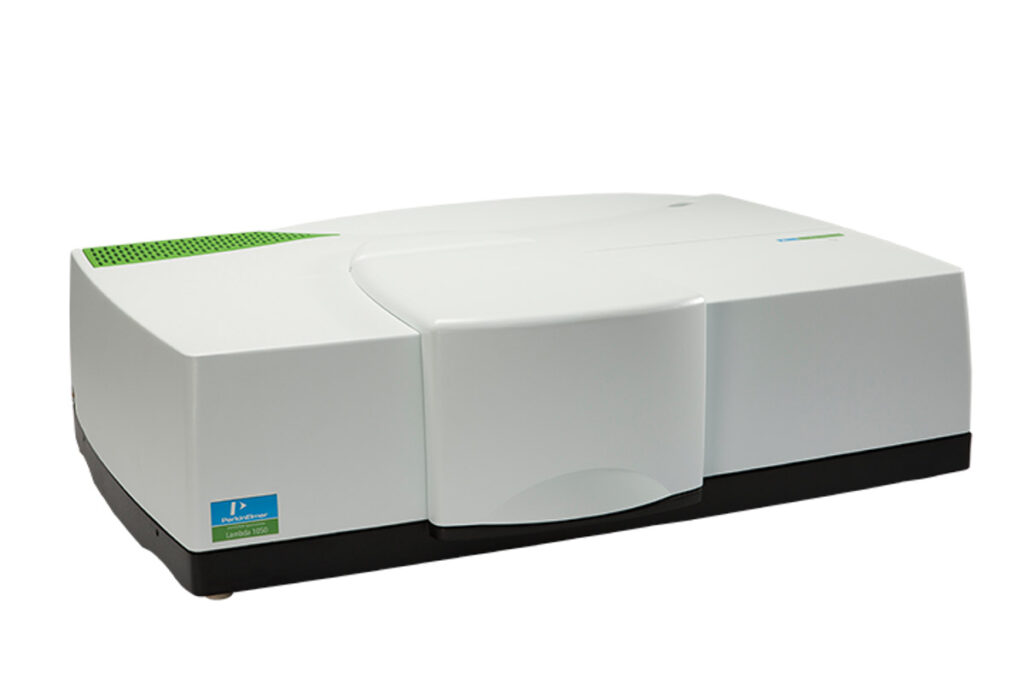
The UV/Vis/NIR Spectrophotometer can be used to achieve significant performance breakthroughs across a range of applications; from simple optical absorbance and reflectance measurements a wide wavelength range (175-3300 nm) for solid and liquid samples to quantifying out-of-band blocking characteristics of band pass filters and also measuring the high transmission of next generation fiber optic materials.
The optical transmission windows of a variety of materials in different configurations can be determined.
(LAMBDA 1050 – Perkin Elmer)
